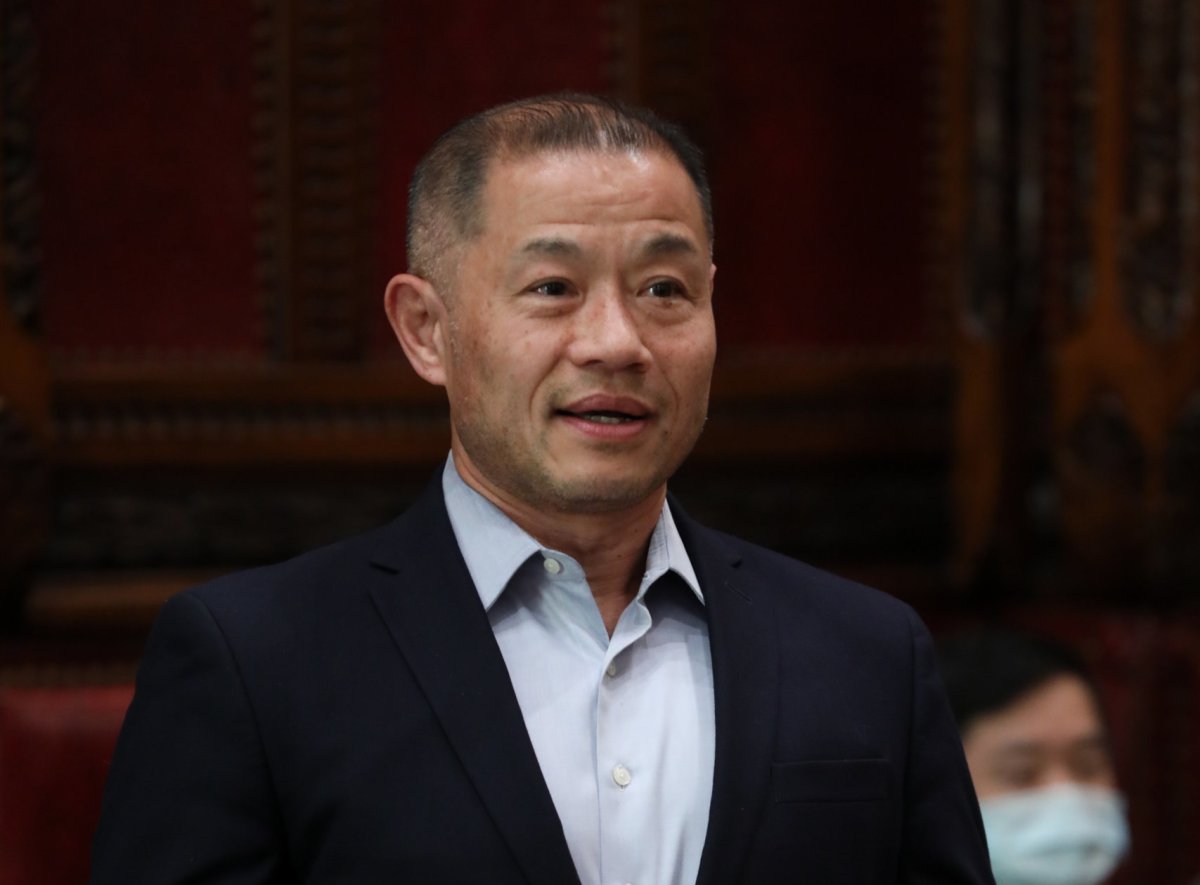New York State Senator John Liu spoke during the CEC 25 meeting Wednesday night, July 6, to discuss the passage of legislation S9459 and S9460 and the potential impacts they may have on the district.
S9459 strengthens parental input and extends the system of mayoral control for an additional two years while S9460 reduces class sizes in New York City public schools over the next five years.
According to Liu, Governor Kathy Hochul signed S9459 into law last week. This law grants the mayor of New York City increased control over the Panel for Educational Policy (PEP), allowing them to appoint a majority of the members over the next two years, effective in 2023.
The number of PEP members will increase from 15 members to 23, though that won’t go into effect until January 2023. The mayor will get to appoint 14 of the 23 members, who will all serve one-year terms beginning in August.
At least four of the PEP members are required to be parents of students. Of those four, one must be a parent of an English language learner and another of a student in a special needs program at District 75.
S9460 calls for the reduction of class sizes in New York City schools to 20 students for grades K-3, 23 students for 4-8 and 25 students in high schools. Liu noted there would be some exceptions made for school buildings that are not large enough to have enough classes in order to meet these requirements.
Liu noted that Mayor Adams and the New York City Department of Education (DOE) were not completely behind S9460 because they believe it will cost between $500 million and $1 billion a year to have schools meet these requirements. However, Liu said these class size numbers were actually thought of by the DOE back in 2007 during a campaign for fiscal equity.
That plan came shortly after a decision by the New York State Supreme Court in which they ruled not all students at New York City schools were getting access to a sound basic education, citing class sizes as one of the reasons.
According to Liu, now is a good time to act on reducing class sizes in the city because the state will be getting $4.2 billion in full foundation aid within the year that could help go toward bringing in more teachers or creating more schools or classrooms and the school registration numbers in the city have actually been declining in recent years.
He estimates that only $1.6 billion of the foundation aid would be necessary to help meet these requirements and ensure the students have access to a sound basic education. However, he also noted there would be a five-year phase-in for this process.
“This is an opportunity to finally start tackling the problem of excessive class size,” Liu said. “Our schools are way overcrowded in northeastern Queens. It’s incumbent upon all of us in government to comply with court mandates.”
Liu said that District 25 is one of the most overcrowded districts in all of New York City. As a result, he stressed the importance of building more schools in the district, as well as the neighboring District 26, in order to deal with the overcrowding issue while also ensuring students have access to schools close to their homes.
S9460 easily made it through the Senate and Assembly. The state Senate passed the legislation by a vote of 59-4 while the state Assembly approved it by a vote of 147-2.




































